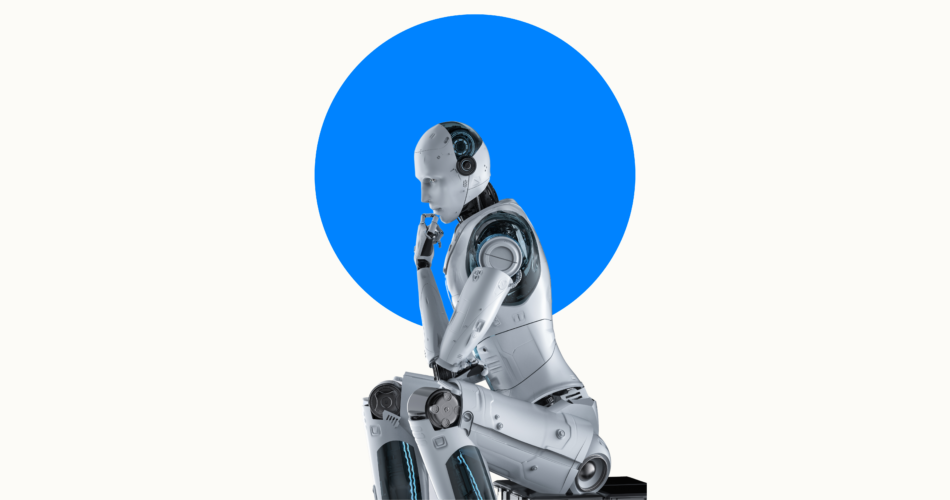As the world continues to advance and technology becomes an increasingly integral part of our daily lives, the way we work is also changing. One of the most significant developments in recent years has been the rise of generative AI, which has the ability to create original content based on a set of input data. This technology has the potential to revolutionize the way we approach work, and in this blog post, we will explore some of the ways in which it is already impacting work productivity.
Before we delve into the specifics, it’s important to understand exactly what generative AI is and how it works. In short, generative AI is a type of artificial intelligence that is capable of creating content from scratch. This can be anything from text to images to videos, and it is done by using deep learning algorithms to analyze a large amount of data and generate outputs that are similar to the input data.
One of the key advantages of generative AI is its ability to save time and effort. By automating the creation of content, it can free up workers to focus on other tasks, and it can also reduce the need for manual labor. For example, a company that uses generative AI to create product descriptions for its online store can save a significant amount of time and resources, allowing its employees to focus on more important tasks.
But generative AI isn’t just useful for saving time and effort; it can also improve the quality of the content that is produced. By analyzing a large amount of data, generative AI can identify patterns and trends that would be difficult for a human to spot, and it can use this information to create content that is more accurate, relevant, and engaging. This can be particularly useful for tasks that require a high level of precision, such as financial analysis or scientific research.
One of the key ways in which generative AI is already impacting work productivity is by enabling organizations to scale their operations more easily. For instance, a marketing team that uses generative AI to create social media posts can quickly and easily produce a large number of high-quality posts without having to invest in additional staff. This not only saves time and effort, but it can also help the organization reach a wider audience and generate more leads and sales.
Another way in which generative AI is enhancing work productivity is by making it easier to collaborate and share information. For example, a team of researchers that uses generative AI to analyze data can easily share their findings with colleagues, and they can also use the technology to create reports and presentations that are more engaging and effective. This can help to improve communication and collaboration within the team, and it can also make it easier for the organization to share its work with external stakeholders.
In addition to these benefits, generative AI also has the potential to change the nature of work itself. As the technology becomes more advanced, it is likely that some tasks that are currently performed by humans will be automated, freeing up workers to focus on more creative and strategic tasks. For example, a company that uses generative AI to create content for its website can free up its writers to focus on more high-level tasks, such as developing new ideas and strategies.
Overall, it is clear that generative AI has the potential to revolutionize the way we approach work. By automating the creation of content, it can save time and effort, improve the quality of the work that is produced, and enable organizations to scale their operations more easily. It can also facilitate collaboration and sharing, and it may even change the nature of work itself. As generative AI continues to develop, it will be interesting to see how it continues to impact work productivity in the future.
p.s., this post was written by generative AI 😎

